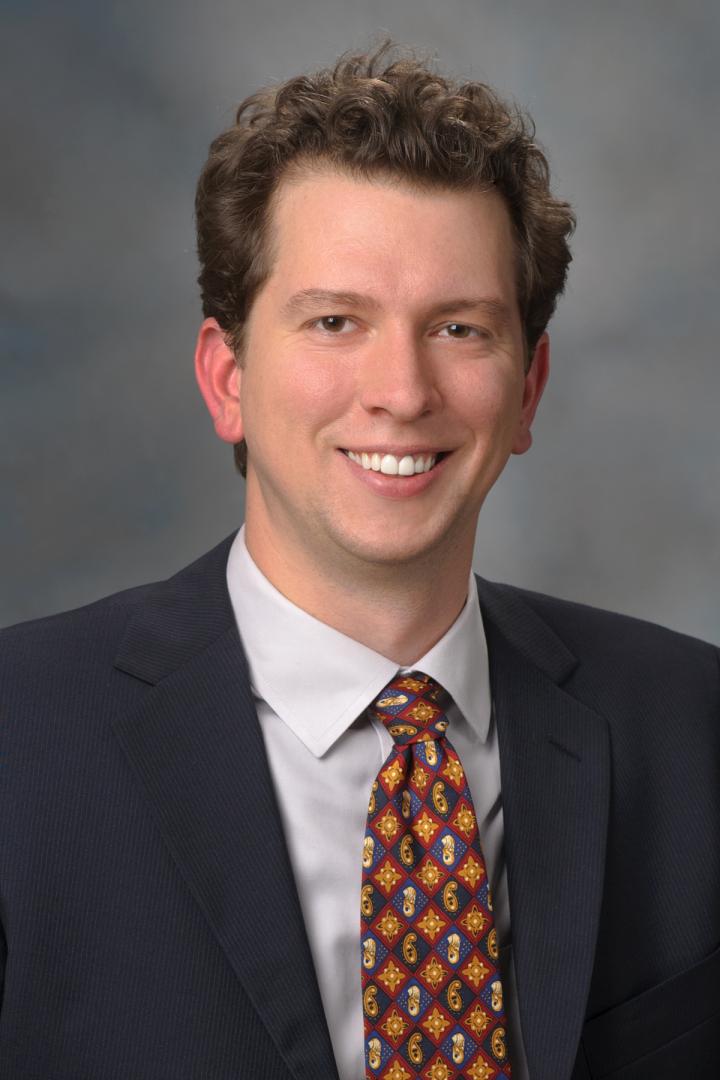Novel technique for single-cell single-molecule DNA sequencing enables faster, deeper study of chromosome evolution with possible clinical and research implications

Credit: MD Anderson Cancer Center
HOUSTON ? Overcoming previous technical challenges with single-cell DNA (scDNA) sequencing, a group led by researchers at The University of Texas MD Anderson Cancer Center has developed a novel method for scDNA sequencing at single-molecule resolution. This technique revealed for the first time that triple-negative breast cancers undergo continued genetic copy number changes after an initial burst of chromosome instability.
The findings, published today in Nature, offer an accurate and efficient new approach for sequencing hundreds of individual cancer cells while also providing novel insights into cancer evolution. These insights may explain why treatments are not always effective and why researchers are not able to generate homogenous cell cultures in the laboratory.
“This represents significant progress from our first methods in single-cell DNA sequencing, with significantly increased throughput, accuracy and ease of use,” said senior author Nicholas Navin, Ph.D., associate professor of Genetics and Bioinformatics & Computational Biology. “We are now able to resolve very small differences in copy number within the population of tumor cells in a way that wasn’t possible previously.”
The new technique, called Acoustic Cell Tagmentation (ACT), begins with fluorescent-activated cell sorting to isolate single nuclei from thousands of cells. A three-step chemistry process then cuts the DNA from each cell into precise fragments, adds universal adaptors and incorporates barcodes for next-generation sequencing.
The chemistry is performed with acoustic liquid transfer technology, which uses sound waves to transfer minute volumes of liquid rapidly and efficiently. Whereas early scDNA sequencing approaches required three days from start to finish, the new approach can be completed in just three hours, Navin explained.
With this improved method for sequencing DNA from a limited number of cells, the researchers sought to answer a standing question about cancer evolution. Navin’s team previously established that triple-negative breast cancers experience punctuated evolution, acquiring copy number changes in an initial burst of chromosomal instability, but it was unknown if the cancer cells continued to accumulate changes after that event.
Led by graduate student Darlan Conterno Minussi, Navin’s team worked with the laboratory of Franziska Michor, Ph.D., at Dana-Farber Cancer Institute, to perform copy number analysis on 16,178 single cells from eight triple-negative breast cancers and four cell lines using the ACT technique.
“We discovered that punctuated evolution in these cells is followed by transient instability,” Navin said. “After the initial event, there is a period of time with copy number changes accumulating at high rates that eventually slow to a basal rate.”
The understanding that triple-negative breast cancers continue to evolve over time may explain why treatments are not always effective – a small portion of the cancer cells may have acquired a mutation that conveys resistance to a given therapy. Going forward, the researchers would like to determine if the number of genetic changes a tumor undergoes is predictive of clinical outcomes.
The findings also have implications for preclinical research, as the researchers confirmed that triple-negative breast cancer cell lines also continue to accumulate changes when cultured in the laboratory. Importantly, the researchers showed that commonly used laboratory cell culture procedures are not able to generate homogenous populations of tumor cells, since they quickly re-diversify their genomes.
The research team continues to build upon this work by investigating additional cancer types, seeking to understand if this model of cancer evolution may be broadly applicable beyond triple-negative breast cancers.
###
A complete list of collaborating authors and their disclosures can be found with the full paper here. This work was supported by the American Cancer Society (129098-RSG-16-092-01-TBG), the National Institutes of Health and National Cancer Institute (R01CA240526, R01CA236864, CA016672, CA016672), the Cancer Prevention & Research Institute of Texas (CPRIT) Single Cell Genomics Core Facilities Grant (RP180684), the American Association for the Advancement of Science (AAAS) Martin and Rose Wachtel Cancer Research Award, the Andrew Sabin Family Fellowship, the Dana-Farber Cancer Institute Physical Sciences-Oncology Center and the Center for Cancer Evolution, the Francis Crick Institute, Cancer Research UK (FC001202), the UK Medical Research Council (FC001202), the Wellcome Trust (FC001202), the Winton Charitable Foundation, and the Boehringer Ingelheim Fonds.
– 30 –
Media Contact
Clayton Boldt, Ph.D.
[email protected]



